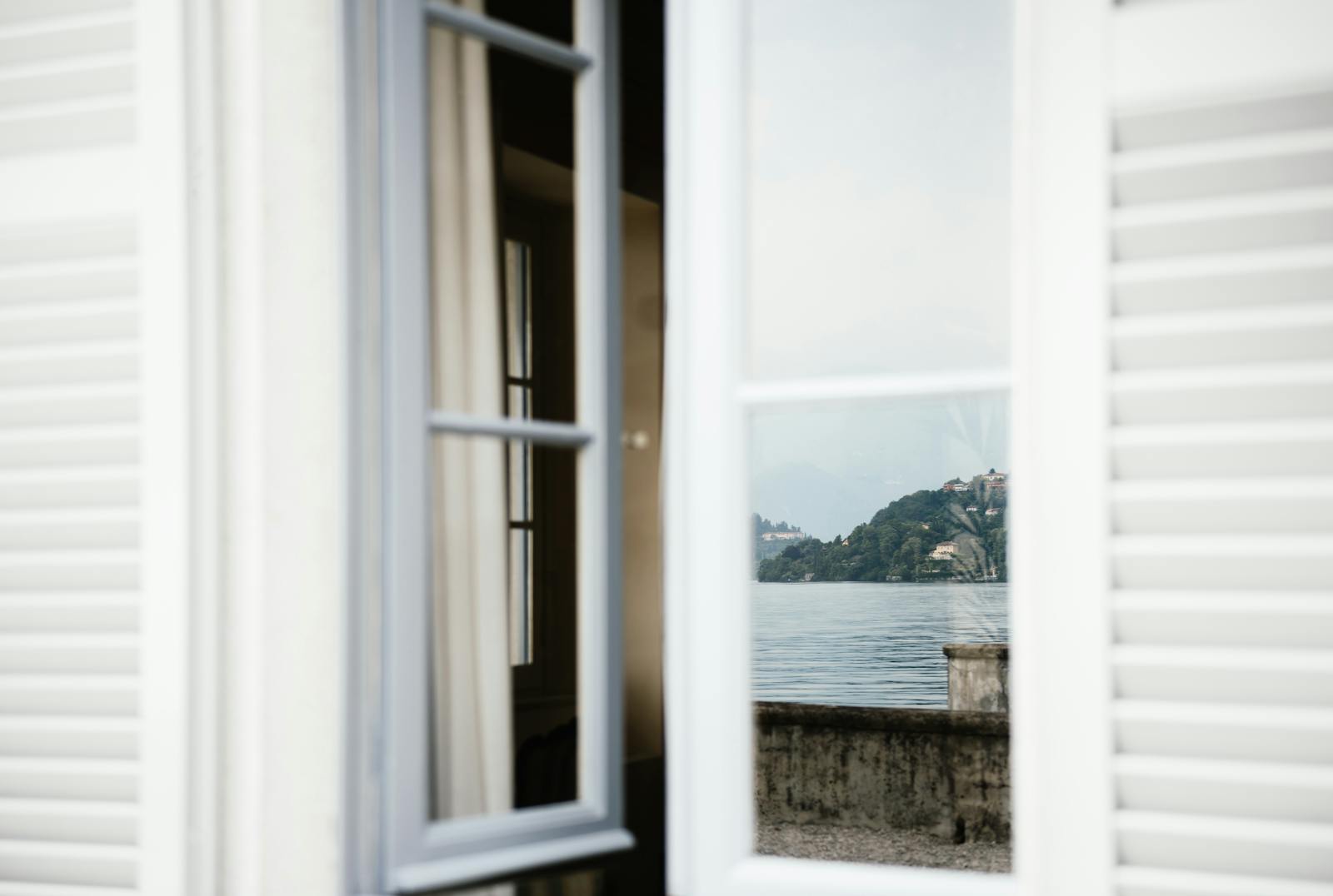How To Install Exterior Window Shutters: A Homeowner’s Guide
Installing exterior window shutters can add curb appeal, improve energy efficiency, and offer extra protection for your windows. From traditional wooden shutters to durable vinyl options, these functional accents are popular for homes across various styles. To help homeowners start the installation process smoothly, understanding how to install exterior window shutters can be essential.
Read on to learn more.
Select the Right Shutter Style and Material
Exterior window shutters come in various styles. These include:
- Wood: Wood shutters are classic, customizable, and can be painted to match your home. However, they require regular maintenance to prevent weather-related wear.
- Vinyl: Vinyl shutters are cost-effective, low-maintenance, and weather-resistant, making them a popular choice for busy homeowners.
- Composite materials: Composite shutters blend durability and classic aesthetics, often designed to mimic wood.
Each style offers unique benefits, from allowing airflow to providing privacy and shade. Additionally, material choice can impact durability and maintenance. However, for a more detailed guide, you may check out reliable online resources to learn more expert tips on selecting the right shutter style and material and making installation as seamless as possible.
Measure the Windows for Proper Shutter Size
Accurate measurements ensure that shutters complement the windows they’re framing. Here’s a step-by-step approach to achieve a perfect fit:
- Width: For windows where the shutters will remain stationary, each shutter’s width should be approximately half the width of the window for a balanced look. If you plan for functional shutters that close over the window, the width must precisely match half the window width.
- Height: Measure from the top to the bottom of the window trim. If the shutters will be mounted above the window, add additional height to cover any trim that extends upward.
Avoid assumptions based on standard window sizes; even slight discrepancies can affect the shutter’s visual appeal.
Gather the Necessary Tools and Materials
Preparing the right tools can streamline installation by helping you avoid interruptions. Some essential tools and materials for installing exterior shutters include:
- Shutters in your chosen material and style
- Drill and drill bits
- Level to ensure even alignment
- Tape measure for accurate measurements
- Screws and wall anchors
- Caulk or sealant for weatherproofing
Depending on the type of siding and whether the shutters are functional, you may also need specialty screws or mounting brackets.
Prep the Wall Surface
Before mounting, inspect the wall surface around your windows. Remove any dirt or debris and check for obstacles like nails or uneven trim. A clean, smooth surface will support proper attachment and alignment.
For homes with brick, stone, or stucco exteriors, it’s also essential to install anchors or use masonry screws specifically designed for harder surfaces. By preparing for these challenges, you can prevent errors during the mounting process.
Mark Shutter Placement on the Wall
With your tools and measurements ready, place the shutters against the wall in their intended positions. Use a level to ensure the shutters are straight, and then mark the top and bottom mounting points with a pencil. This step confirms that the shutters will sit evenly and line up with window edges.
By ensuring accurate marks at each point, you can make or break a successful installation. Rechecking alignment after marking can also help prevent issues later.
Drill Pilot Holes and Mounting Shutters
After marking, remove the shutters and drill pilot holes at the designated points. Pilot holes guide screws into place, making them particularly helpful for hard materials or thick siding. For wood siding, a smaller bit will suffice; for brick or stone, use a masonry bit.
Once the pilot holes are complete, align the shutters back onto the wall and secure them with screws. For added security, use a screwdriver to tighten each screw by hand. Also, avoid over-tightening screws to prevent warping, especially with vinyl shutters. Lastly, check alignment with a level throughout installation.
Seal and Weatherproof
Consider adding a weatherproof sealant to keep exterior shutters in peak condition, especially wooden ones. Apply caulk around each screw and along the edges of the shutters. This step prevents moisture from seeping into crevices, which could lead to material degradation over time.
When working with vinyl or composite shutters, fewer steps may be needed to achieve full weatherproofing, as these materials are designed to withstand the elements.
Inspect and Adjust the Shutters
Once all shutters are installed, step back to inspect their alignment and appearance from a distance. Check for any loose screws or areas where caulk may need to be added for improved weather resistance.
Minor adjustments may also be necessary if shutters appear uneven or if you spot any gaps around the edges. Fix these issues as soon as possible to secure visual appearance and functionality, essential in boosting your home’s curb appeal.
Final Thoughts
Installing exterior window shutters effectively improves a home’s curb appeal, protects windows, and offers potential energy-saving benefits. By following proper installation techniques and using high-quality materials, you can achieve a professional finish that withstands the test of time. With careful planning and attention to detail, exterior shutters can become a stylish, functional addition that elevates your home’s exterior.





